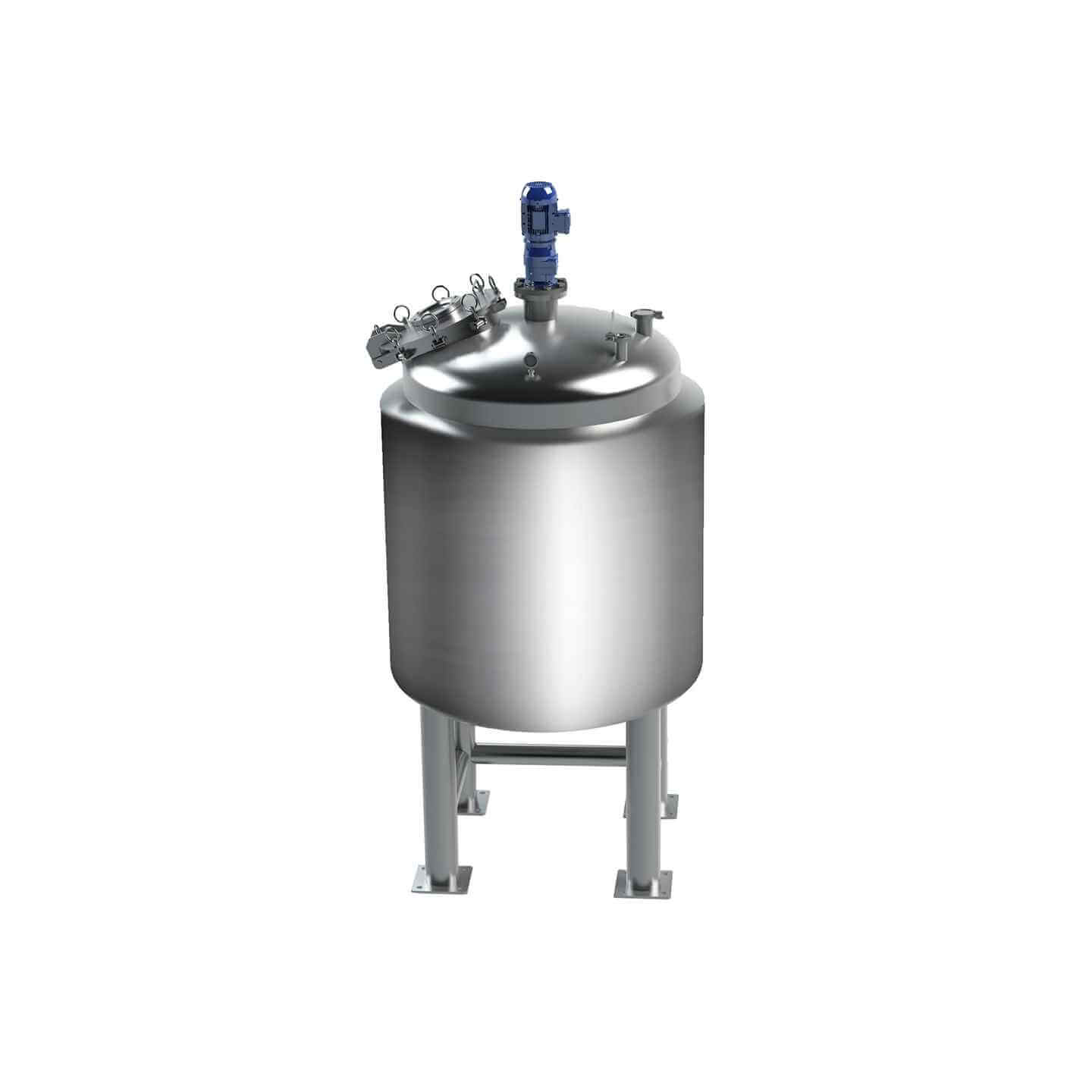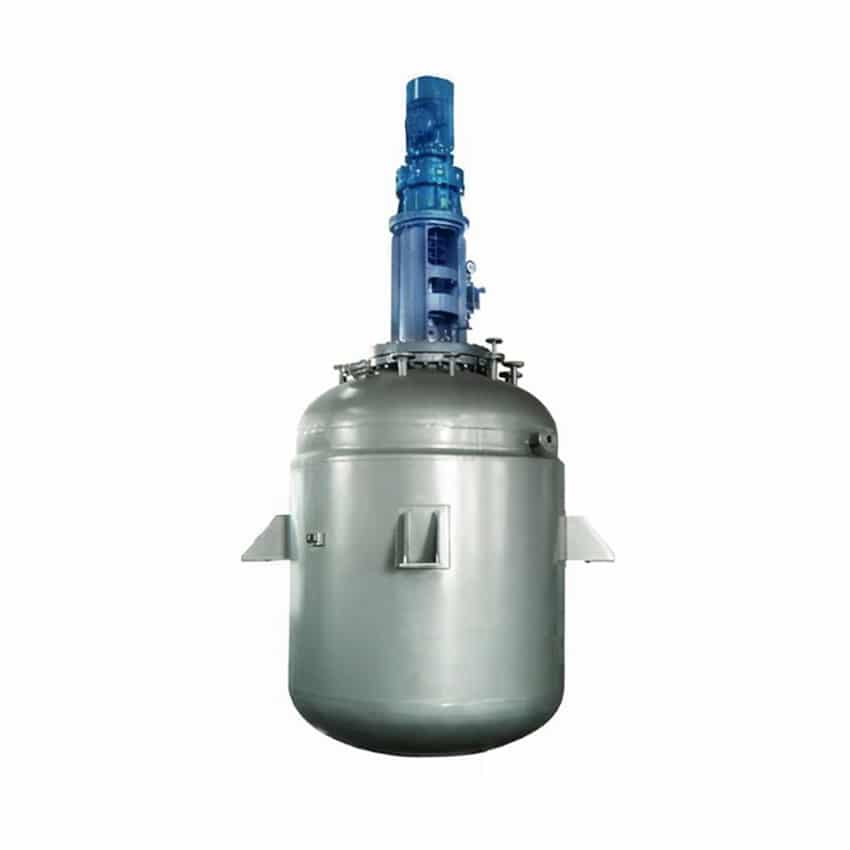

Jacketed Reactor
Jacketed reactor: used in the chemical industry, pharmaceutical industry and food industry, and other fields
Material
glass, stainless steel (316, 304), carbon steel, others
Capacity (L)
10-10000+
Mixing system
anchor, paddle, frame and others
Heating system
electric heating, oil heating and others
Jacketed reactors can be divided into steam heating reactors and heat transfer oil heating reactors according to different heating media, both of which are widely used in medicine, the chemical industry, plastics, rubber, building materials, food, and other industries. Corrosion, no environmental pollution, no need for automatic boiler heating, ease to use, and so on.
Request a quoteA jacketed reactor with stirring is mainly composed of a stirring vessel, stirring device, transmission device, shaft sealing device, support, manhole, process connection, and some accessories. The jacketed reactor kettle is divided into two parts: the tank body and the jacket, which are mainly composed of a head and a cylinder body and are mostly medium and low-pressure pressure vessels.
The stirring device of the jacketed reactor consists of a stirrer and a stirring shaft, and its form is usually determined by the process. The transmission device is used to drive the mixing device and is mainly composed of a motor, reducer, coupling, and transmission shaft. The sealing device of the shaft is a dynamic seal, usually a mechanical seal or a packing seal. Together with accessories such as supports, manholes, and process connections, they form a complete jacketed reactor.

The body part of the jacketed reactor
1. The kettle body of the jacketed reactor is composed of a cylinder and upper and lower heads, which can provide a good space for the chemical reaction of materials. Its volume is mainly determined by the production capacity and chemical reaction requirements of the product.
2. The conventional medium and low-pressure kettle body is welded with stainless steel plates, and can also be made of carbon steel or cast steel according to requirements. To prevent material corrosion, the interior surfaces of carbon steel or cast steel can be lined with corrosion-resistant material.
3. The shell of the kettle body can withstand the internal medium pressure and the jacket pressure at the same time, and its strength and stability must be calculated separately according to the situation when the internal and external pressures act independently.
4. For thin-walled cylinders that are subjected to large external pressure, a reinforcing ring is set on the outer surface of the cylinder.
Heat transfer device for jacketed reactor
In order to meet the heat required for chemical exothermic reactions or the heat of chemical exothermic reactions in the jacketed reactor during the reaction process, a heat transfer device needs to be installed outside or inside the jacketed reactor to control the temperature within the required range. Commonly used heat-transfer devices are jackets outside the kettle or coils outside the kettle.

The composition of the jacketed reactor
1. The stirring device of the jacketed reactor consists of a stirring shaft and a stirrer, which can mix the materials evenly and have good contact, accelerating the chemical reaction. During the stirring process, the turbulence of the material increases, and the contact between reactant molecules and between reactant molecules and the container wall is constantly updated. It not only enhances mass transfer and heat transfer but also facilitates chemical reactions. At the same time, the mixer adopts a propeller mixer.
2. The transmission device of the jacketed reactor is mainly composed of a motor, reducer, coupling, transmission shaft, etc.
3. Jacketed reactor shaft seal device: In order to maintain the pressure inside the jacketed reactor or prevent the leakage of the medium in the reactor, the sealing material must be sealed (dynamic seal) when the stirring shaft extends out of the sealing material. Shaft seals usually include packing seals and mechanical seals.
4. Other accessories for jacketed reactors include brackets, manholes, process connections, etc.


